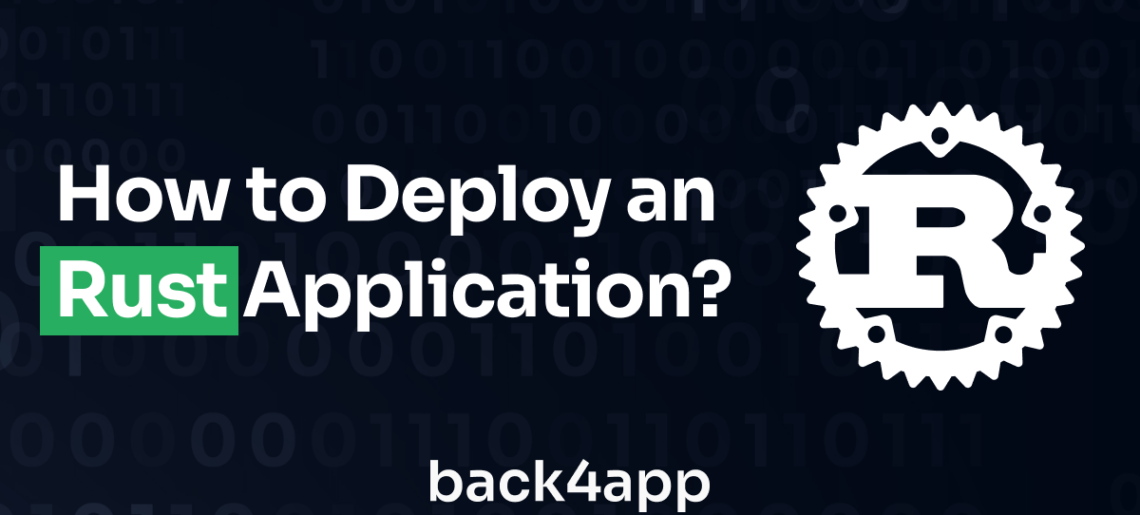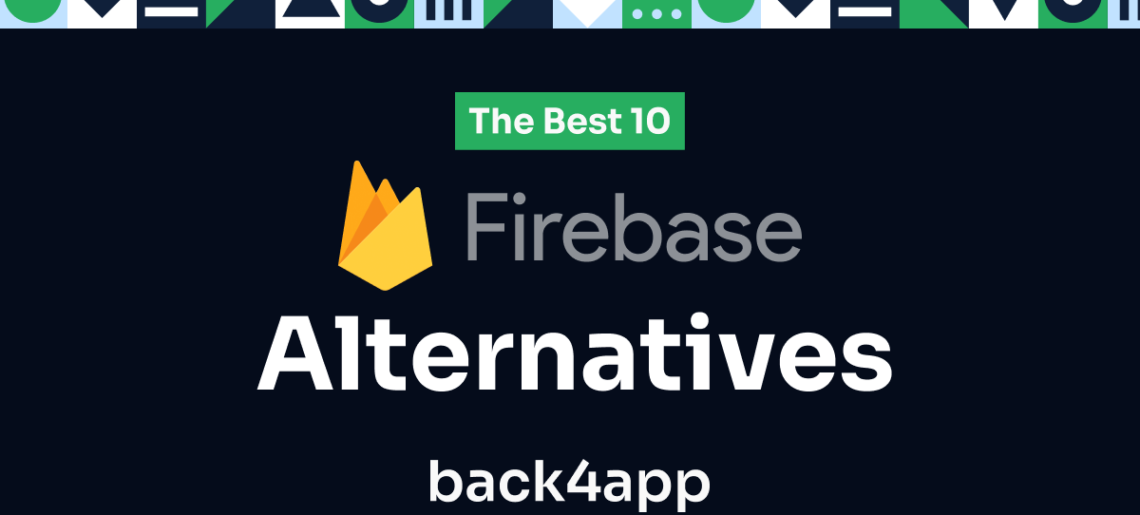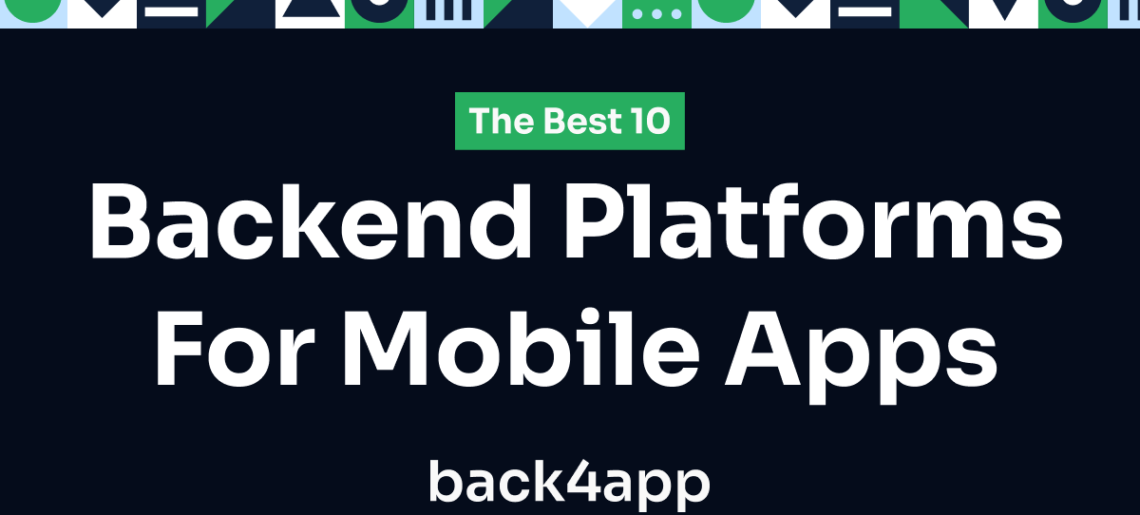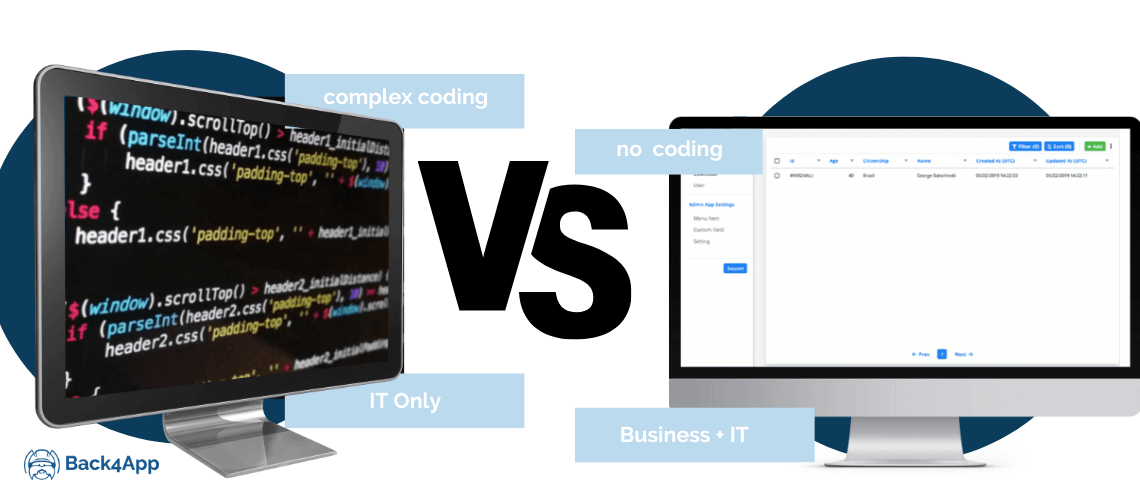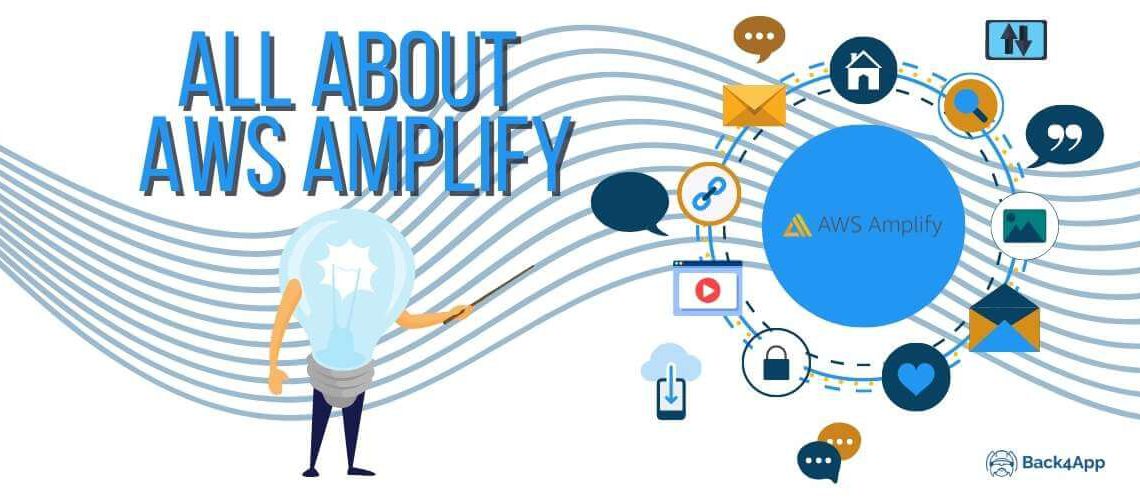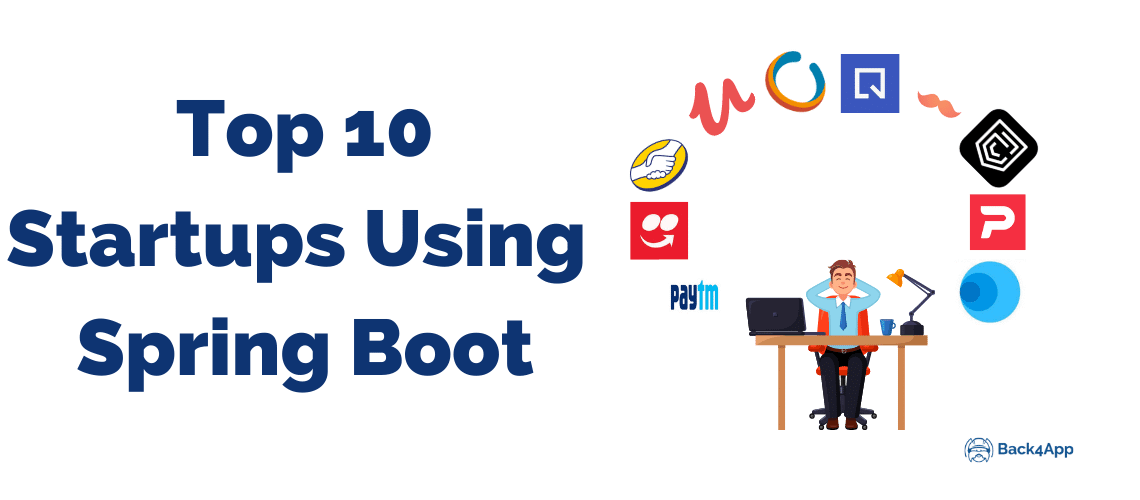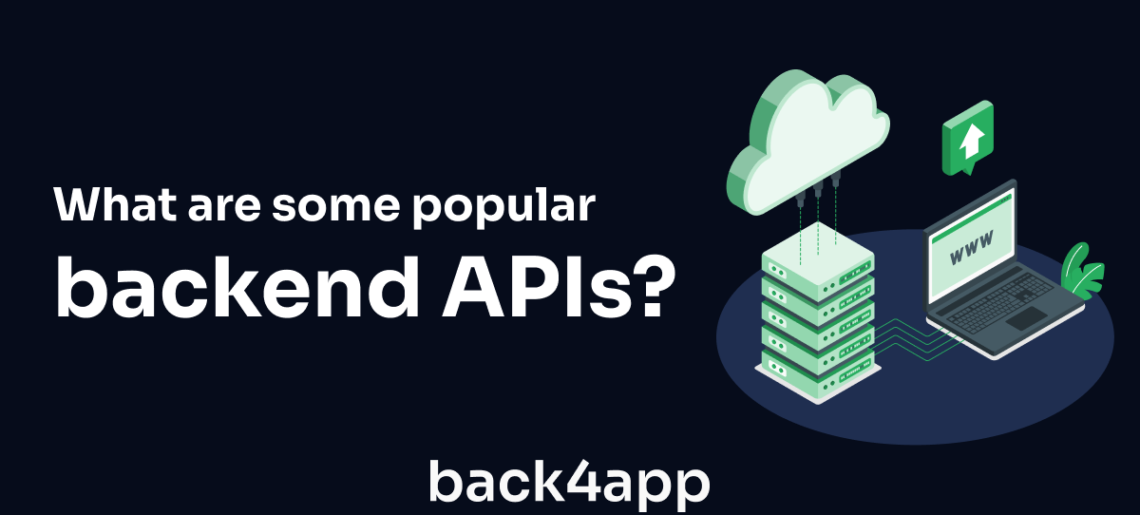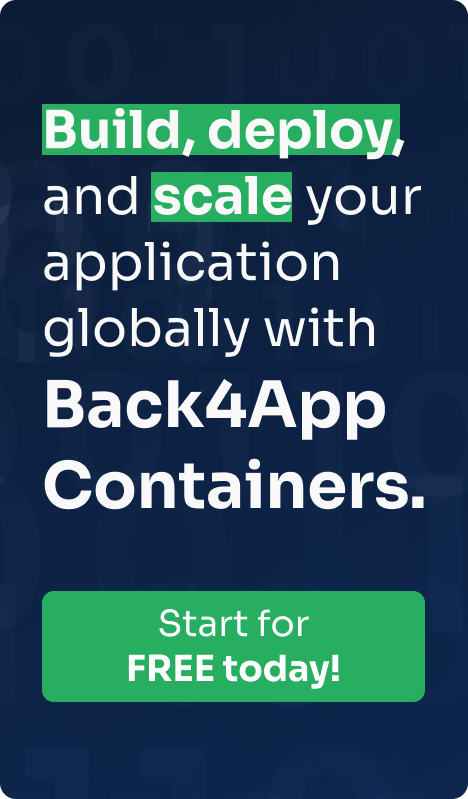SQL on AWS refers to the use of Structured Query Language databases on Amazon Web Services (AWS), a leading cloud services platform.
AWS provides various database services that cater to different data needs and applications, all of which can be managed and accessed from the AWS Management Console.
Each of these services has its unique features and benefits, making AWS a versatile platform for database management.
SQL databases are relational, meaning they organize data into one or more tables, allowing for data manipulation through queries.
There are many benefits to running SQL databases on AWS, including elastic scalability, redundancy and high availability, and the ability to outsource database administration tasks to Amazon, reducing overheads for the in-house team.
Read More